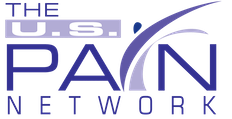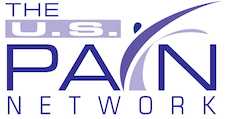Spinal Cord Stimulator Implant for Testicular Pain
The medical term for testicular pain is orchialgia, which can alter the activities of men considerably. Testicular pain can be chronic (long-term), disabling, and debilitating. Fortunately, spinal cord stimulator implants are useful for chronic orchialgia.
What causes orchialgia?
There are many varying causes for testicular pain. Common causes include trauma, inflammation, and infection. Testicular torsion is a condition where a portion of the testicle is twisted, cutting off the blood flow. Trauma may cause a rupture of the testicle. Another cause of testicular pain is inguinal hernia. An inguinal hernia is a condition where the abdominal muscle is weak, allowing the bowel to protrude into the scrotum.
What is a spinal cord stimulator?
A spinal cord stimulator, also known as neuromodulation, is a tiny device that connects to leads placed along the spinal column. Spinal cord stimulation (SCS/neuromodulation) devices offer pain relief for patients with chronic testicular pain.
Who could benefit from a spinal cord stimulator?
Individuals coping with chronic pain could benefit from SCS. The spinal cord stimulator will not cure the problem, but it can help mask the pain. Around 50,000 SCS implants are placed annually worldwide. Candidates for this procedure include anyone who:
- Has failed to respond to other treatment measures.
- Has a successful trial of SCS use.
- Does not have dependence on pain medications.
How is the spinal cord stimulator implanted?
The SCS implant is done in two phases. During the first phase, the patient has a trial of neurostimulation to see if the device will work. The trial implant procedure takes around 60 minutes, and is done using IV sedation. After numbing the skin over the lower back, a small needle is used to place the electrodes along the spinal cord. This is done using real-time x-ray. The battery-operated device is worn outside the body, and wires run from the device to the electrodes. The patient wears the trial stimulator for 5-7 days to see if it will work.
The second phase involves actual implantation of the spinal cord stimulator unit. This procedure is done under general anesthesia. An incision is made over the lower back and the area where the stimulator is to be placed. A tiny catheter is used to place the electrical diodes along the spinal cord. An incision is made in the lower abdomen or buttock so the generator can be placed under the skin. Wires are threaded from the generator to the electrodes, so impulses of electric current can be transmitted. The incisions are closed with sutures, and a dry, sterile bandage is applied.
Does insurance cover the spinal cord stimulator procedure?
Most insurance companies do cover neuromodulation, with provisions for pre-surgery counseling. The trial implant must provide at least 50% pain relief for the insurance to cover the SCS procedure.
How well does a spinal cord stimulator implant work?
Many studies have been done that show spinal cord stimulation is effective. For trunk and lower extremity pain, studies show a 62% efficacy rate. In a recent study, the success rate was reported at 84%, with patients reporting improved quality of life and decreased narcotic usage.
Resources
Kapural L, Narouze SN, Janicki TI, & Mekhail N (2006). Spinal cord stimulation is an effective treatment for the chronic intractable visceral pelvic pain. Pain Med, 7(5), 440-443.
Nouri KH & Brish EL (2011). Spinal cord stimulation for testicular pain. Pain Med, 12(9), 1435-1439.



